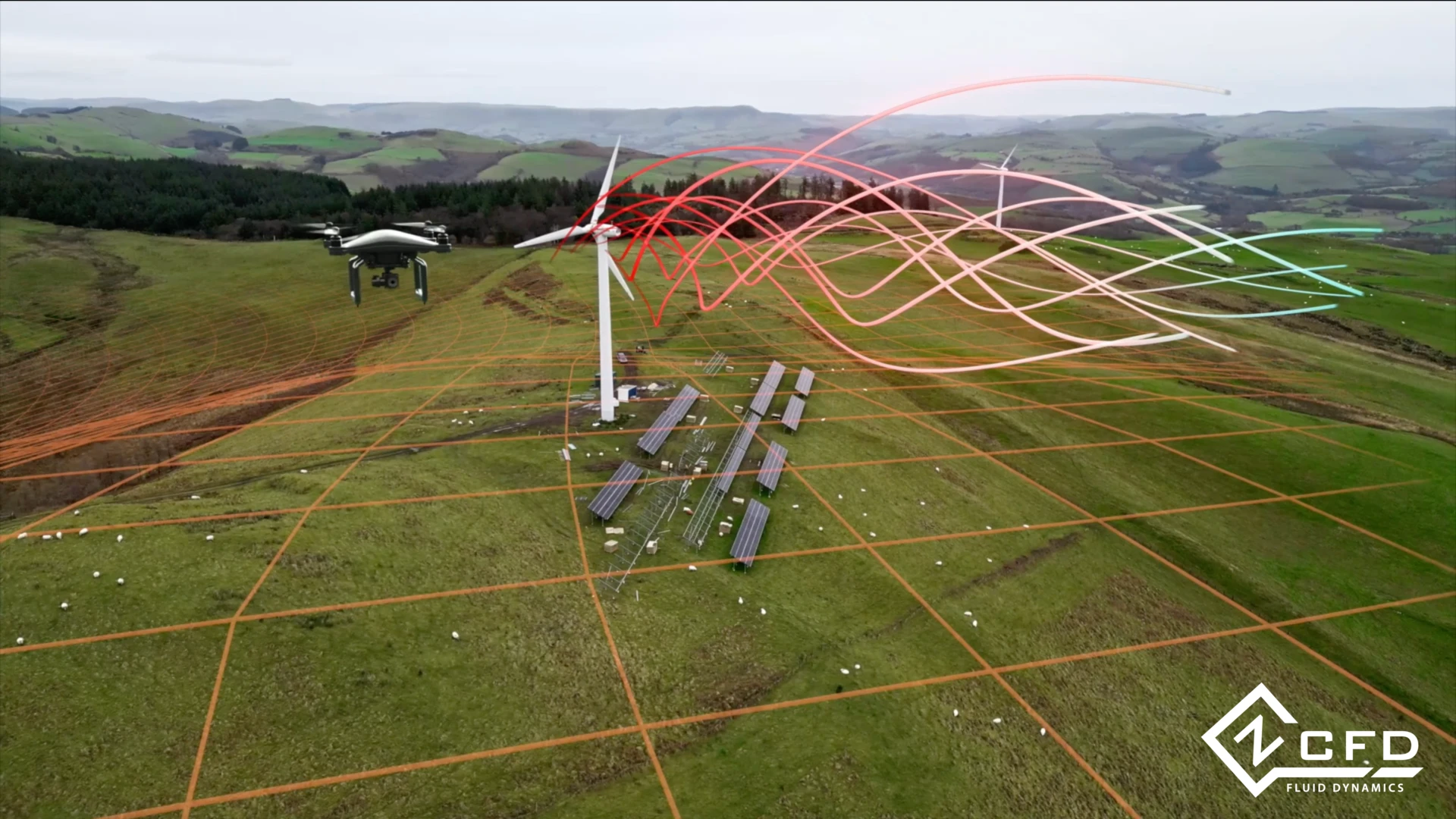
Last month, Zenotech was thrilled to present results from two ground-breaking projects. The first is our SafeZone project on CFD wind turbine validation which is progressing apace and aims to make drone flight safer and more commercially viable. This also links to AIRSIGHT Data Exchange, our UK Net Zero Mobility project (funded by Innovate UK, part of UKRI) which focussed on making data, such as that generated in Safezone, available to drones so they can avoid hazardous regions.
Alongside, Mike Turner, our cloud architect, Max Kopacz, presented at the event. Max joined Zenotech over a year ago as a full-time CFD Software engineer after first working for us part-time as a student while studying for his Masters in Aerospace Engineering at the University of Bristol.
Read on as Max shares his experience of ICAS …
This year, the future of aerospace was on the agenda, so it was fitting that we shared our ground-breaking work on SafeZone, part of the Future Flight Challenge to push for a more sustainable aeronautical industry.
We presented the CFD wind turbine validation we conducted as part of the SafeZone project.
The predictive power of CFD simulations can improve through validating airflows around complex terrain and wind turbines. This will not only improve the safety of drone operation around wind turbines, but also help understand the features exhibited in atmospheric air flows and the tools needed to correctly model them.
Here is the abstract outlining the key points in the paper:
“The SnapShot drone was flown in the wake of the Bro Dyfi Community Renewables (BDCR) wind turbine in Wales and 5 flight traces were used to validate CFD modelling of the terrain and turbine.
“Comparisons were made between the flights and a RANS dataset based on a coarse mesh. After poor correlation was found due to the lack of historical weather data, mesh refinement revealed flow features were not being modelled correctly in the turbine wake.
“The resultant traces were investigated further using an Ensemble Fourier Transform (EFT) of unsteady simulations. Improved correlation was found when comparing the mean features of the frequency decompositions, but future work should focus on turbine model validation.”
Our method of evaluating flows over terrains is valid at its current level of detail, but additional work is required to correctly and confidently assess the flow in the wake of the turbine. It was only when computing high fidelity and expensive unsteady simulations that the data matched that seen in the experiment.
Looking to future work, we will assess the differences in flow characteristics seen with different turbine models and how they stack up to the data collected with the Snapshot drone which measured the airflow.
This is an important step in advancing the development of the SafeZone project as data processing workflows were established which will help to efficiently and accurately produce datasets to determine safe areas for drone operations.
Thanks to Max for sharing more on ICAS with us and how well our SafeZone project is progressing to make the drone flight of the future more effective, safer and commercially viable for safety inspections, emergency services, deliveries, and more.
Find out more about the SafeZone project and our work with aerospace.